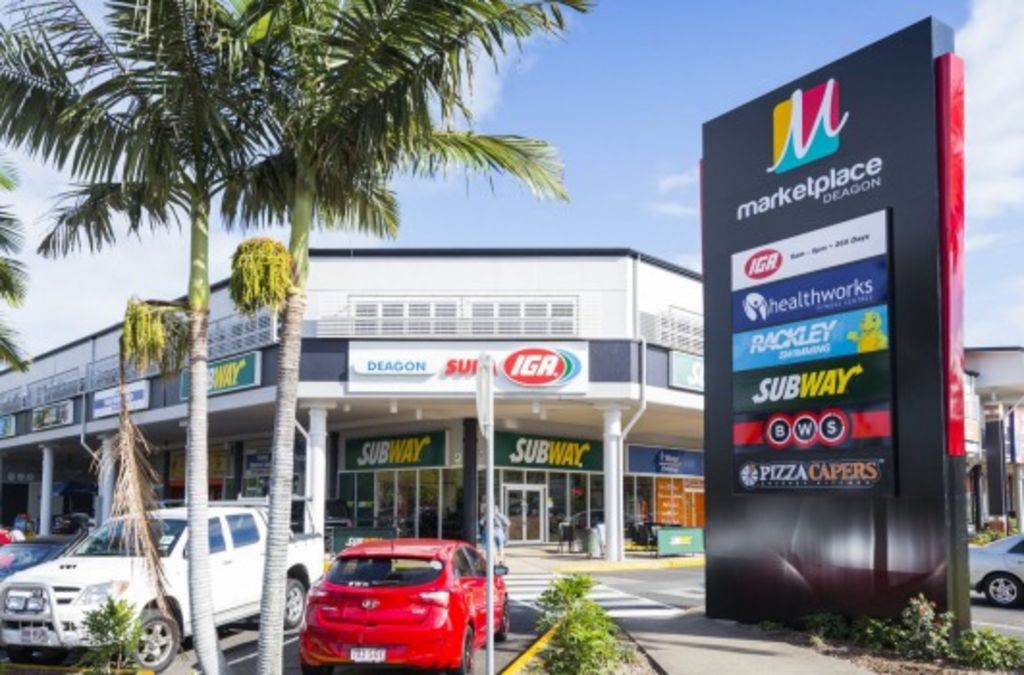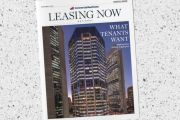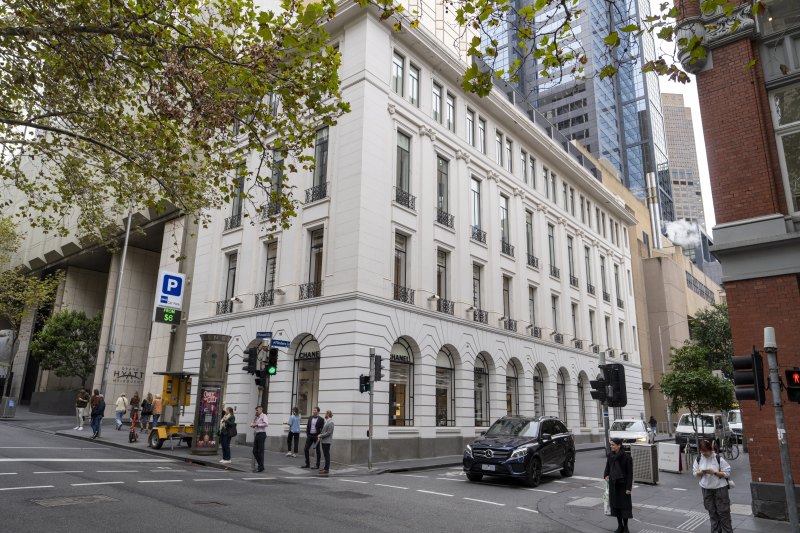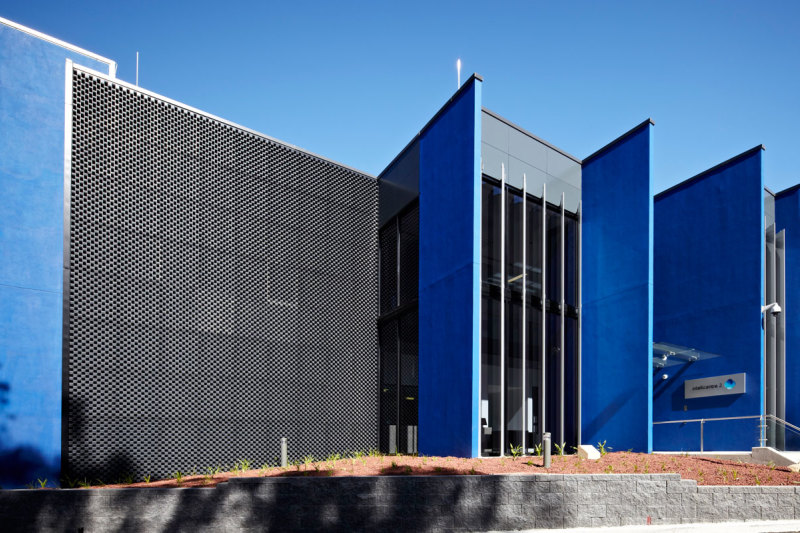
Vacancy rates tighten in sub-regional shopping malls
Occupancy is holding up well in sub-regional shopping centres despite a more broadly-held negative sentiment toward the retail sector, according to an industry survey.
Looking further ahead though, an increased number of respondents to the JLL survey anticipate a decline in average specialty rents over the next 12 months.
“The expected decline in average specialty rent is a function of the slow sales growth and high annual rent escalations above the rate of sales growth,” the JLL retail report said.
The survey fathomed sentiment among the centre managers in JLL’s managed portfolio, taking 84 malls in total, the majority of them sub-regional.
The sub-regional malls recorded a 2.9 per cent vacancy rate in December, down from 3.4 per cent in June 2018.
Rental growth is now 3.4 per cent annually, well above the negative 0.6 per cent booked in June, with eight sub-regional centres posting rental growth above 5 per cent. Neighbourhood centre vacancy rates remained steady at 2.2 per cent.
The shopping centre managers surveyed said food and beverage retailers were driving leasing inquiries, spurred by younger adults’ interest in casual dining out.
Tenant inquiry levels had declined slightly since the last survey, but 58 per cent of managers said inquiry levels remained stable.
As factors most affecting turnover performance, managers nominated the most positive drivers were expected changes in tenancy profile, growth expectations within trade area and planned refurbishment activity.
Weakening sentiment
The top three factors reported to be dragging on turnover were competition from other centres, economic outlook and online retailing.
“Sentiment in the retail sector has weakened since June 2018,” said Richard Fennell, JLL’s head of property and asset management for Australia.
“This is a global theme, driven by store closures and e-commerce competition, particularly in the US and UK, although the trend has been the same here in Australia.
“Our portfolio shows that the perception of Australian retail conditions is worse than the actual performance. Rents have held up well and shopping centres remain over 97 per cent occupied.
“That’s not to say there aren’t challenges, but it is important to note the stability of the key operating metrics at a high level.”
The report showed that 54 per cent of centre managers said inquiries from food and beverage retailers – both takeaway and specialty – remained moderate or stronger than the previous survey.
“Food is doing well. I think it is the general consumer trend toward dining out,” said Andrew Quillfeldt, JLL’s director of retail research.
“However, there are so many operators now that it is creating competition between them. Shopping centres will need to be cautious not to overload with too many food and beverage outlets as this will dilute the retail mix.”
Leasing inquiry was subdued in the jewellery category, with 82 per cent of managers reporting it as weak or very weak. Clothing and footwear inquiry was also subdued, with 72 per cent of respondents noting weak or very weak inquiry levels.
Get a weekly roundup of the latest news from Commercial Real Estate, delivered straight to your inbox!







